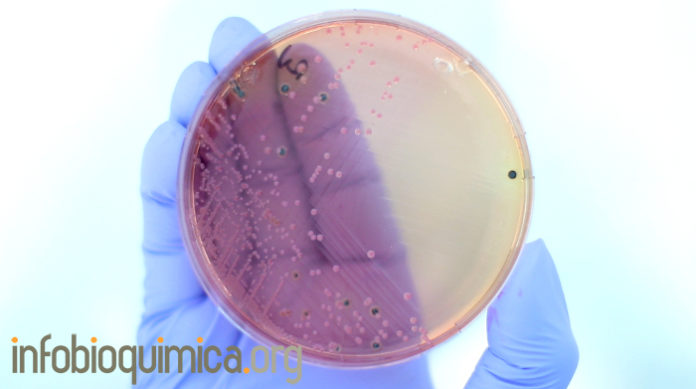Despite a large arsenal of usually effective antibiotics, the therapeutic options are few in cases of infections caused by multidrug-resistant (MDR) organisms, and even more so by extensively drug-resistant (XDR) strains, often leaving only colistin as reliable option. Reports of pan-drug resistance, for which no antibiotic options exist, are accumulating in some parts of the world. The production of carbapenemases together with other resistance mechanisms, including those to unrelated antibiotic groups, has hampered the usefulness of carbapenems as the therapy of choice for extended-spectrum β-lactamase producing MDR Gram-negative bacteria.
The rise of an ever-broadening range of β-lactamases has inspired the revival of an old concept. After more than 20 years, the strategy of rescuing a well-proven β-lactam antibiotic with a β-lactamase inhibitor (BLI) has been revisited. The first fruits of these efforts are now available for therapy, as two new combinations of a cephalosporine + BLI have been approved. The combinations of avibactam plus ceftazidime and the old BLI tazobactam plus the improved cephalosporin derivative ceftolozane target different resistance problems. Avibactam inhibits most class A carbapenemases such as K. pneumoniae carbapenemase (KPC). The KPC enzymes are a major cause of carbapenem resistance in Klebsiella in areas in which class B carbapenemases (metallo-β-lactamases) or class D β-lactamases (OXA enzymes) are not common. In areas with predominately class B and D β-lactamases, avibactam does not provide much benefit in case of carbapenem-resistant Enterobacteriaceae.






























